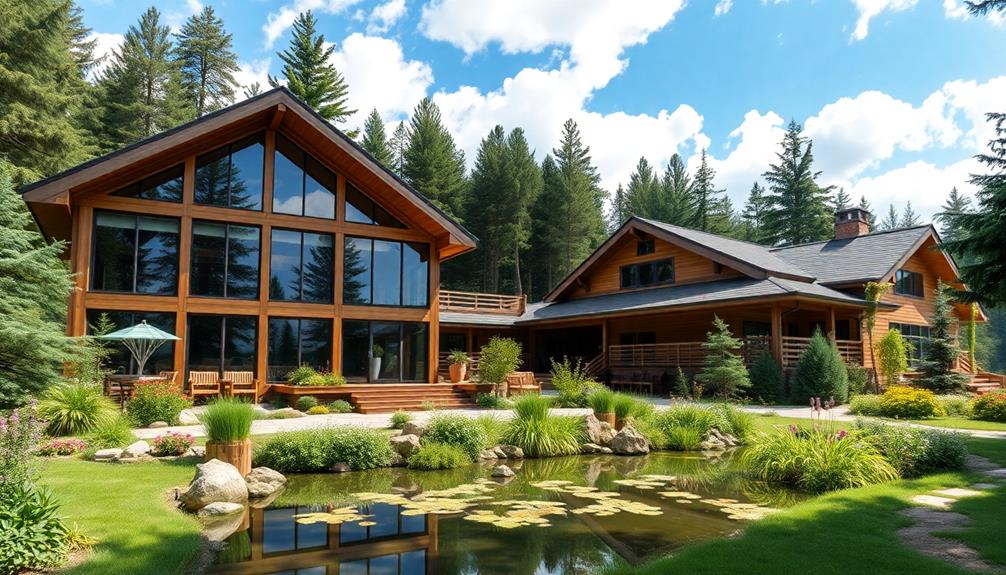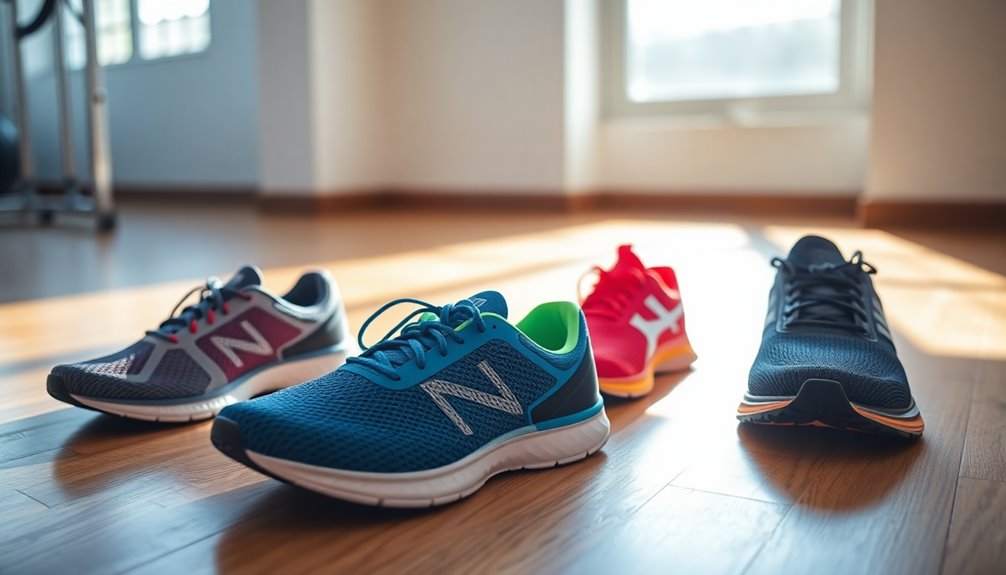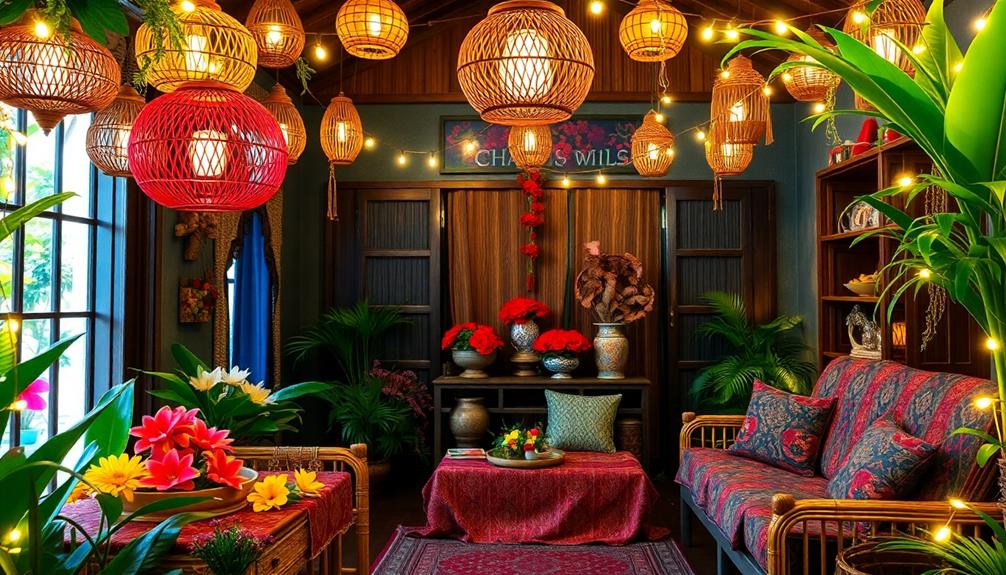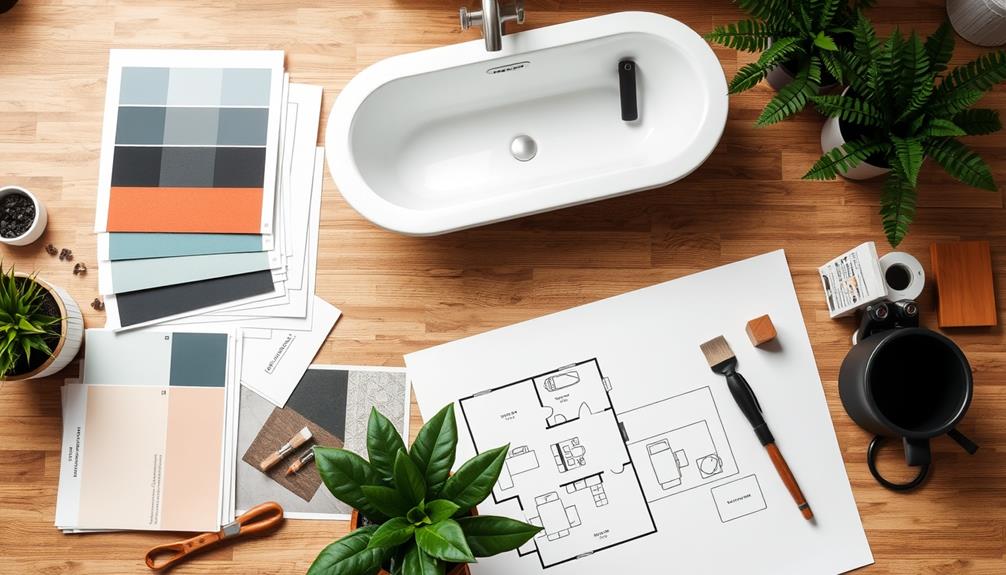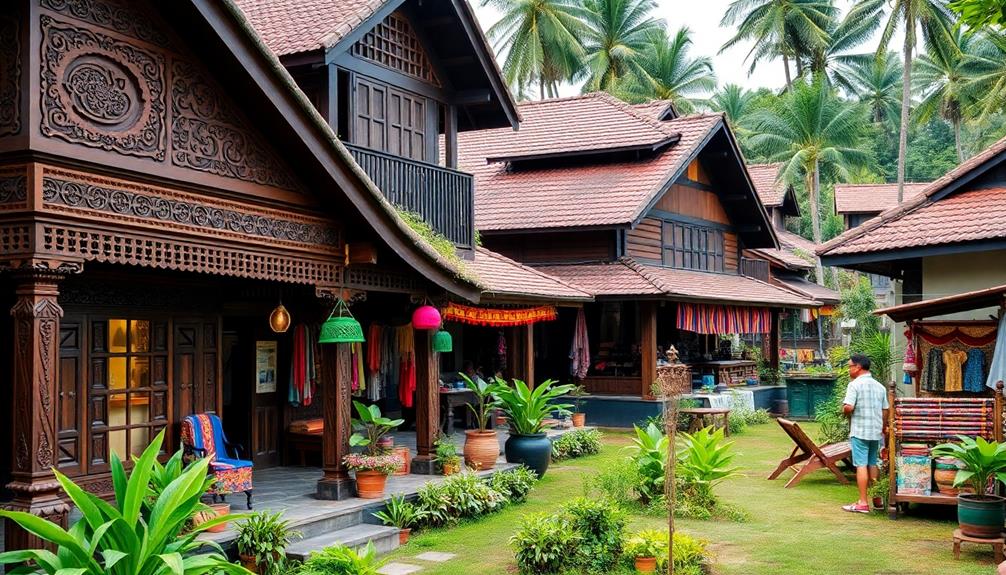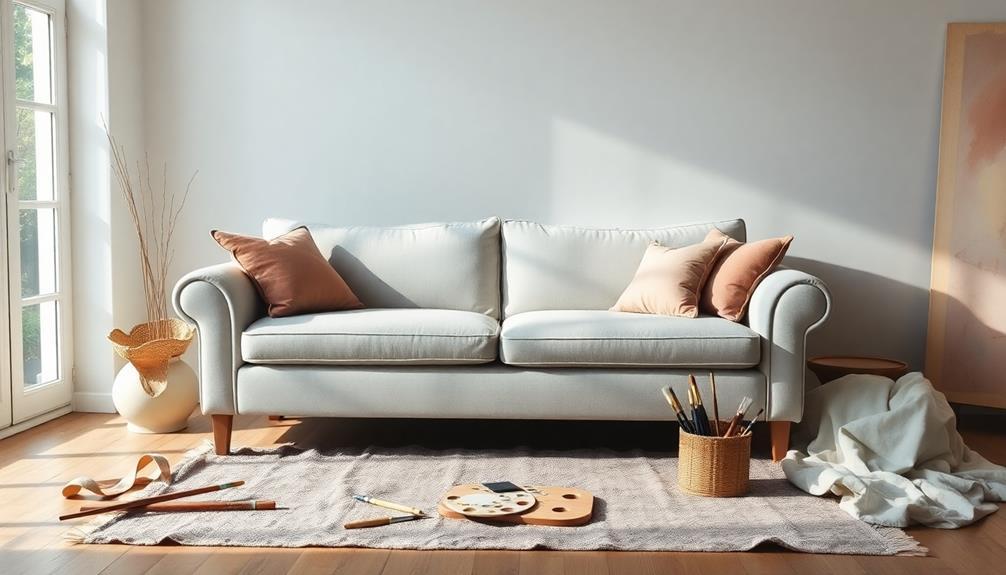Transform your retreat center's design today by focusing on your unique vision and audience needs. Start with a clear purpose that aligns with values like sustainability and community. Embrace essential design trends like neutral color schemes and multi-functional spaces to foster connection and relaxation. Incorporate natural elements and large windows for a calming atmosphere. Make comfort a priority with cozy seating and thoughtful layouts. Collaborate with design professionals to enhance functionality and aesthetic appeal. By implementing these strategies, you'll create a transformative experience for your guests. Discover how to take your vision even further as you explore additional insights.
Key Takeaways
- Embrace neutral color schemes and natural hues to create a calming atmosphere that promotes relaxation and focus.
- Incorporate multi-functional spaces and comfortable seating to encourage social interaction and accommodate diverse activities.
- Integrate natural elements like wood, stone, and greenery to enhance wellness and foster a connection with nature.
- Utilize large windows and outdoor areas for natural light and tranquil environments, perfect for meditation and reflection.
- Collaborate with design professionals to ensure a cohesive vision that aligns with your retreat center's purpose and values.
Defining Your Retreat Center Vision
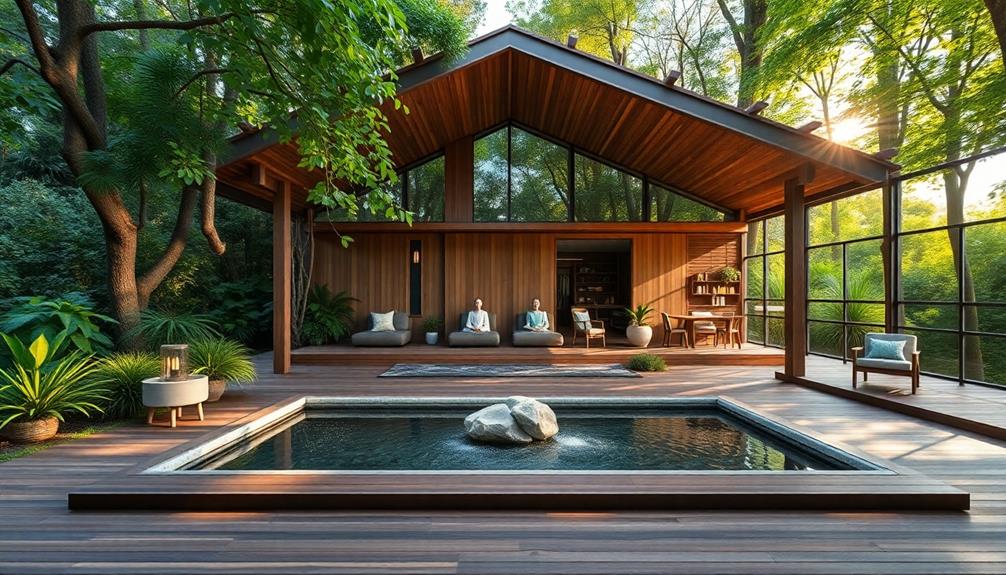
When you set out to define your retreat center vision, it's crucial to narrow down the purpose and values that will guide your project. Think about what you want your center to achieve—whether it's fostering personal growth, promoting relaxation, or providing a space for corporate retreats.
Identify the core values that resonate with you, such as sustainability, community, or spirituality. Next, consider the unique aspects that will make your center stand out. Will you focus on wellness activities, creative workshops, or nature immersion?
Understanding Your Target Audience
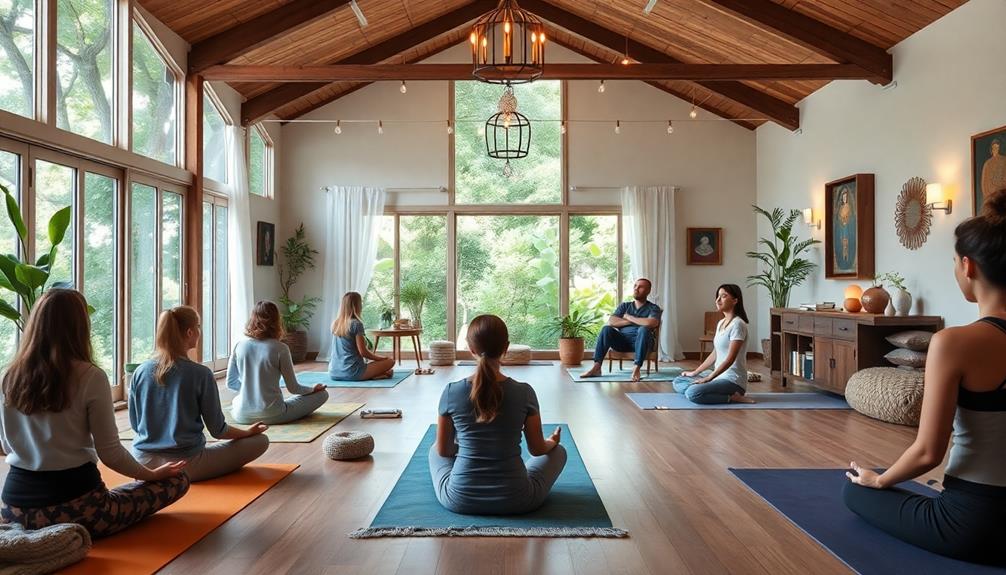
Understanding your target audience is essential for designing a retreat center that truly meets their needs and expectations. Start by identifying who'll use your facility—whether it's corporate teams seeking team-building, individuals looking for personal growth, or groups focused on spiritual retreats.
Conduct surveys or interviews to gather insights about their preferences, such as desired amenities and activities. Consider their demographics, interests, and any special requirements they may have.
This information will help you create spaces that foster connection and relaxation. Ultimately, the more you understand your audience, the better equipped you'll be to craft an inviting environment that resonates with them.
Tailoring your design to suit their needs enhances their experience and encourages repeat visits.
Essential Design Trends to Consider
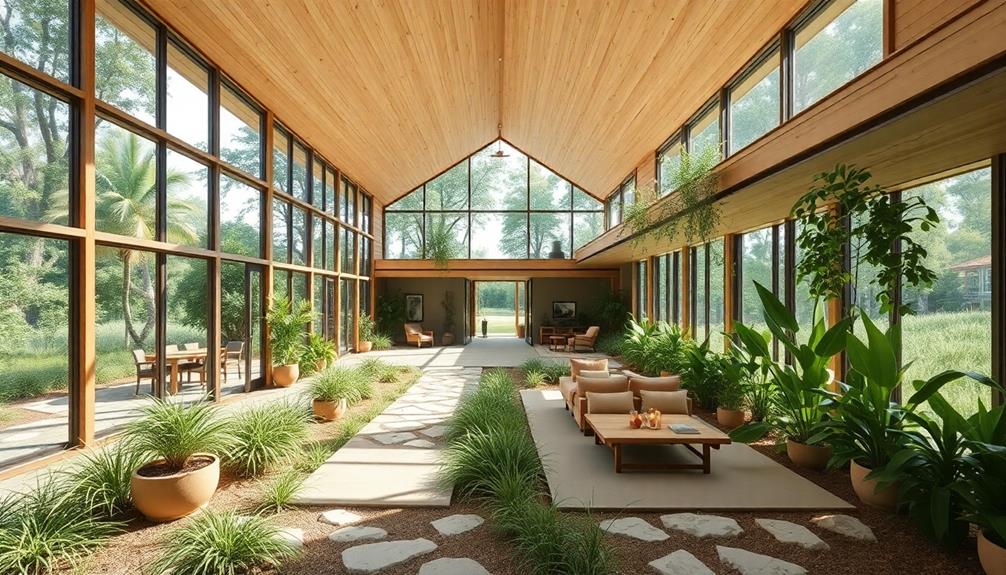
In designing a retreat center, keeping up with essential design trends can greatly enhance the overall guest experience.
Consider incorporating neutral color schemes to create a calming atmosphere, while colored concrete for floors offers durability and a modern aesthetic.
Embrace soft lines in furniture and architecture for a welcoming feel. You might also explore the Frasurbane style, which combines muted tones with minimalist elements for tranquility.
Geometric tiles can add character, while natural materials infuse sophistication.
Remember, statement ceilings can become a focal point, transforming your space dramatically.
Enhancing Spaces With Color and Decor

To create inviting and rejuvenating spaces in a retreat center, color and decor play essential roles in shaping the atmosphere. Using a thoughtful palette can evoke emotions and enhance the overall experience. Jewel tones like emerald greens and deep blues offer serenity, while pastel colors create an airy feel. Incorporating personal touches, such as gallery walls or large-scale art, can transform a space dramatically.
| Color | Effect |
|---|---|
| Jewel Tones | Serenity and vibrancy |
| Pastels | Lightness and comfort |
| Bold Accents | Energy and personality |
| Natural Hues | Calm and grounding |
| Large Art | Dramatic ambiance |
Practical Tips for Functional Design
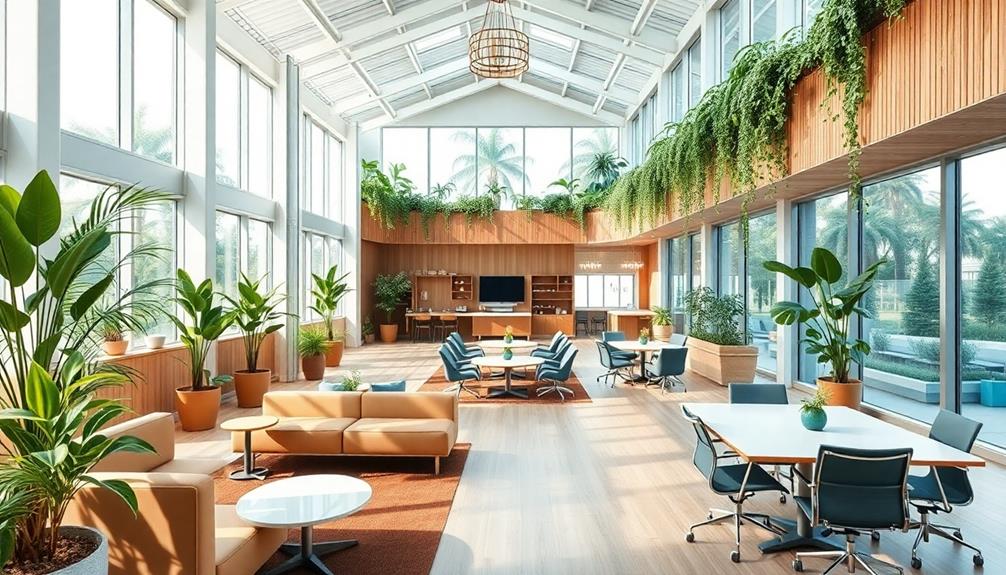
Creating a retreat center that effectively meets guests' needs requires careful attention to functional design. Start by prioritizing comfort in all spaces; guarantee seating is cozy and layouts promote social interaction.
Think about multi-functional areas—incorporate spaces that serve various activities, from meditation to group meetings. Use natural light to enhance mood and create an inviting atmosphere, and consider acoustics to minimize noise distractions.
Choose durable, low-maintenance materials that withstand wear and tear, especially in high-traffic areas. Don’t forget to include ample storage solutions for guests’ belongings, keeping spaces organized. Incorporating these elements not only enhances the aesthetic appeal of your space but also ensures it remains functional over time. It’s important to regularly assess furniture and decor for any visible damage or signs of strain at house of gucci, so you can address issues before they become significant problems. By prioritizing quality materials and thoughtful design, you create an inviting atmosphere that guests will appreciate and enjoy.
Incorporating Wellness and Nature
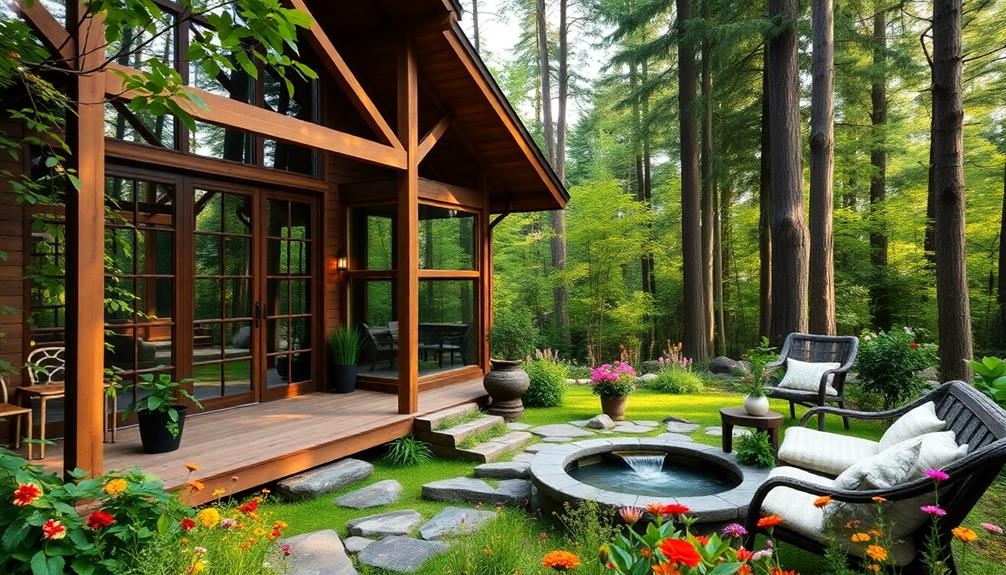
Wellness and nature are integral to the design of a retreat center, fostering a serene environment that promotes relaxation and rejuvenation.
To achieve this, incorporate natural elements like wood, stone, and plenty of greenery throughout your space. By utilizing the power of imagination, you can envision a space that not only enhances physical well-being but also encourages emotional resilience, as seen in the transformative possibilities of imagination.
Use large windows to invite natural light and offer stunning views of the landscape, allowing guests to connect with their surroundings. Create designated areas for meditation and yoga, preferably outdoors, where the sounds of nature enhance the experience.
Consider water features, such as fountains or ponds, to promote tranquility. Finally, design walking paths that encourage exploration of the natural environment, helping guests unwind and reflect.
Collaborating With Design Professionals
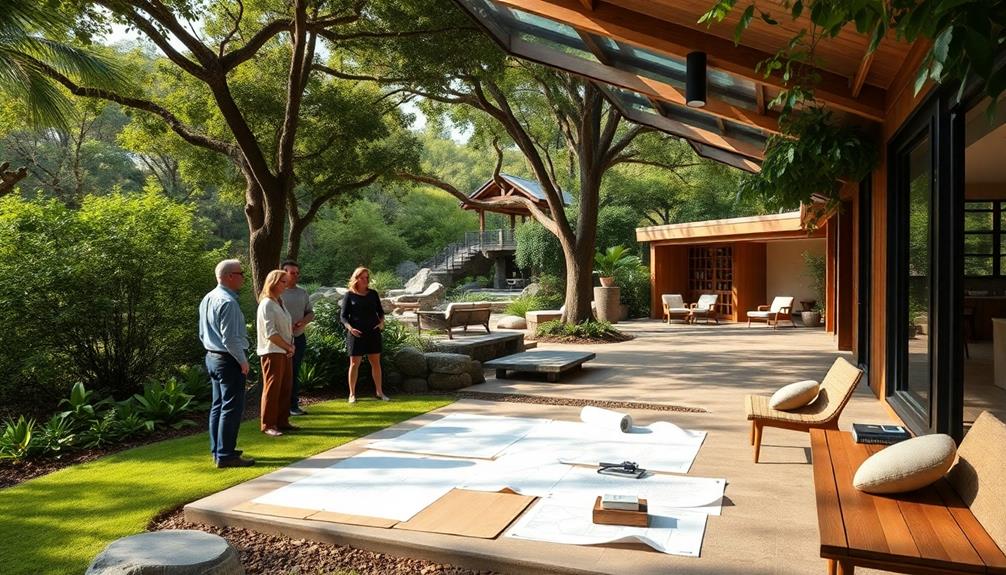
Bringing your vision for a retreat center to life involves partnering with design professionals who understand both your goals and the needs of your target audience. Collaborating with architects and interior designers can guarantee your space is functional, aesthetic, and reflects your mission. Here's how to make the most of these partnerships:
| Role | Contribution |
|---|---|
| Architect | Designs the overall structure |
| Interior Designer | Curates the interior aesthetics |
| Landscape Designer | Enhances outdoor spaces |
| Project Manager | Oversees timelines and budgets |
| Sustainability Consultant | Implements eco-friendly practices |
Frequently Asked Questions
How Do I Finance My Retreat Center Project Effectively?
To finance your retreat center project effectively, outline a detailed budget, explore grants or loans, consider crowdfunding, and engage local investors. It is crucial to prioritize sustainability and community support throughout your funding journey.
What Permits Are Required for Building a Retreat Center?
When building a retreat center, you'll need various permits, including zoning permits, building permits, health and safety permits, and environmental assessments. Check local regulations to guarantee compliance and avoid potential delays in your project.
How Can I Market My Retreat Center to Attract Guests?
To market your retreat center, showcase unique experiences through social media, collaborate with influencers, offer introductory discounts, create engaging content, and emphasize wellness benefits. Attend local events to build community connections and attract potential guests.
What Are Common Challenges in Managing a Retreat Center?
Managing a retreat center, you'll face challenges like staffing, maintaining guest satisfaction, budgeting for unexpected expenses, and ensuring facilities meet diverse needs. Effective communication and planning can help you overcome these obstacles successfully.
How Do I Ensure My Retreat Center Remains Sustainable Long-Term?
To guarantee your retreat center's sustainability, prioritize eco-friendly practices, engage local communities, and adapt to changing needs. Regularly assess your budget and operations, while incorporating guest feedback for continuous improvement and relevance.
Conclusion
So, as you commence this journey to create your retreat center, remember that all it takes is a sprinkle of inspiration, a dash of design knowledge, and—oh, just a minor miracle or two! You might think transforming a space into a sanctuary is easy, but who knew it could be this fun? Embrace the challenges, and soon enough, you'll have a haven where guests can escape their everyday lives—while you're busy perfecting the art of relaxation yourself!
